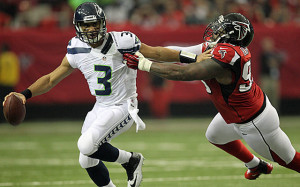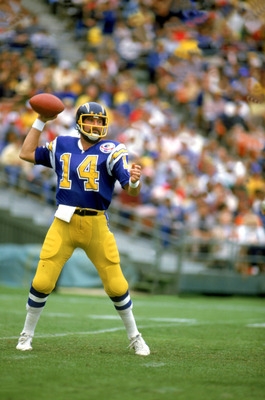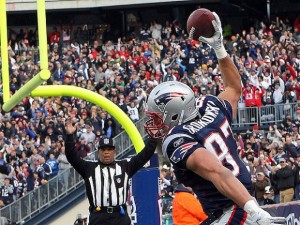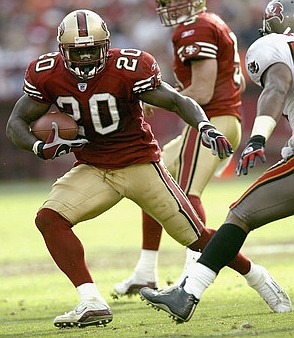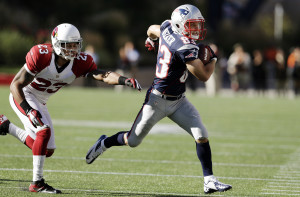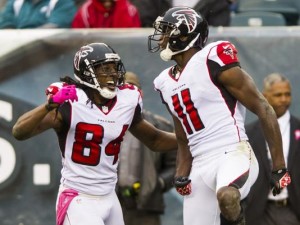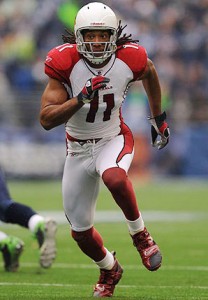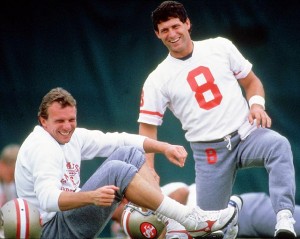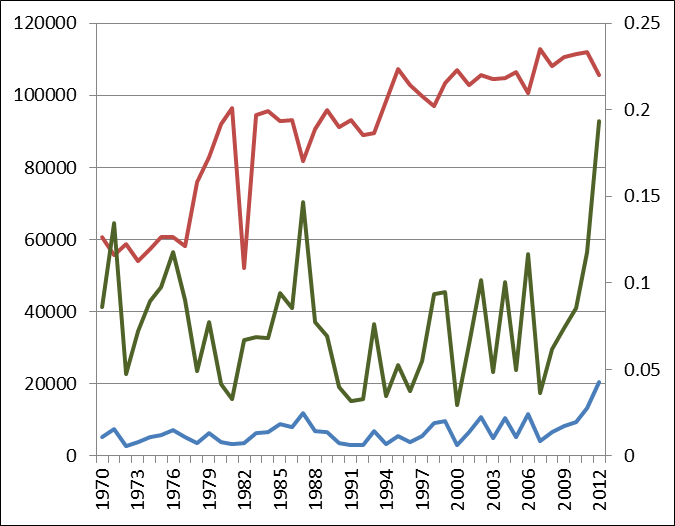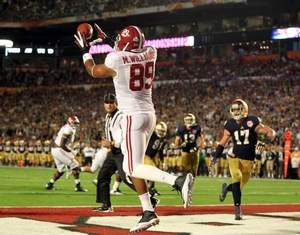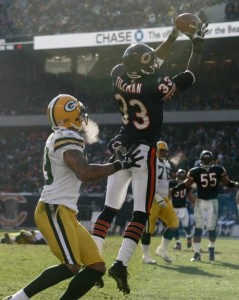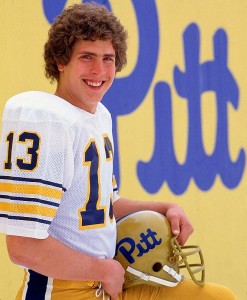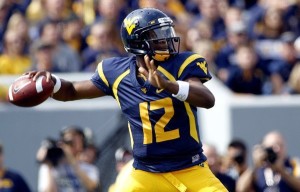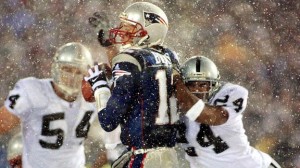
Pat Tillman.
It is the soldier, not the reporter, who has given us freedom of the press. It is the soldier, not the poet, who has given us freedom of speech. It is the soldier, not the campus organizer, who has given us the freedom to demonstrate. It is the soldier, who salutes the flag, who serves beneath the flag, and whose coffin is draped by the flag, who allows the protester to burn the flag.
— Father Dennis Edward O’Brien, USMC
Today is a day that we as Americans honor and remember those who lost their lives protecting our country. As my friend Joe Bryant says, it’s easy for the true meaning of this day to get lost in the excitement of summer and barbecues and picnics. But that quote helps me remember that the things I enjoy today are only possible because those before me made incredibly selfless sacrifices. And since this is a football blog, I thought I’d take the time to remember the many football players who have lost their lives defending our country.
The most famous, of course, is Pat Tillman, the former Arizona Cardinals safety who chose to quit football to enlist in the United States army. On April 22, nine years ago, Tillman died in Afghanistan. In Vietnam, we lost both Bob Kalsu and Don Steinbrunner. You can read their stories here. Hall of Famers Roger Staubach, Ray Nitschke, and Charlie Joiner were three of the 28 NFL men to serve in the military during that war.
An incredible 226 men with NFL ties served in the Korean War, including men like Night Train Lane and Don Shula. But it was World War II that claimed the lives of 21 former NFL players.
I first encountered the list below from Sean Lahman, identifying those 21 players.
Jack Chevigny, former coach of the Cardinals, and John O’Keefe, an executive with the Eagles, were also World War II casualties. The Pro Football Hall of Fame has chronicled the stories of these men, too. Lummus received the Medal of Honor for his bravery at Iwo Jima, and you can read more about his sacrifice here.
Let me close with some more words from Father Dennis Edward O’Brien.
What is a Veteran?
Some veterans bear visible signs of their service: a missing limb, a jagged scar, a certain look in the eye.
Others may carry the evidence inside them: a pin holding a bone together, a piece of shrapnel in the leg – or perhaps another sort of inner steel: the soul’s ally forged in the refinery of adversity.
Except in parades, however, the men and women who have kept America safe wear no badge or emblem.
You can’t tell a vet just by looking.
He is the cop on the beat who spent six months in Saudi Arabia sweating two gallons a day making sure the armored personnel carriers didn’t run out of fuel.
He is the barroom loudmouth, dumber than five wooden planks, whose overgrown frat-boy behavior is outweighed a hundred times in the cosmic scales by four hours of exquisite bravery near the 38th parallel.
She – or he – is the nurse who fought against futility and went to sleep sobbing every night for two solid years in Da Nang.
He is the POW who went away one person and came back another – or didn’t come back AT ALL.
He is the Quantico drill instructor who has never seen combat – but has saved countless lives by turning slouchy, no-account rednecks and gang members into Marines, and teaching them to watch each other’s backs.
He is the parade – riding Legionnaire who pins on his ribbons and medals with a prosthetic hand.
He is the career quartermaster who watches the ribbons and medals pass him by.
He is the three anonymous heroes in The Tomb Of The Unknowns, whose presence at the Arlington National Cemetery must forever preserve the memory of all the anonymous heroes whose valor dies unrecognized with them on the battlefield or in the ocean’s sunless deep.
He is the old guy bagging groceries at the supermarket – palsied now and aggravatingly slow – who helped liberate a Nazi death camp and who wishes all day long that his wife were still alive to hold him when the nightmares come.
He is an ordinary and yet an extraordinary human being – a person who offered some of his life’s most vital years in the service of his country, and who sacrificed his ambitions so others would not have to sacrifice theirs.
He is a soldier and a savior and a sword against the darkness, and he is nothing more than the finest, greatest testimony on behalf of the finest, greatest nation ever known.
So remember, each time you see someone who has served our country, just lean over and say Thank You. That’s all most people need, and in most cases it will mean more than any medals they could have been awarded or were awarded.
Two little words that mean a lot, “THANK YOU”.

